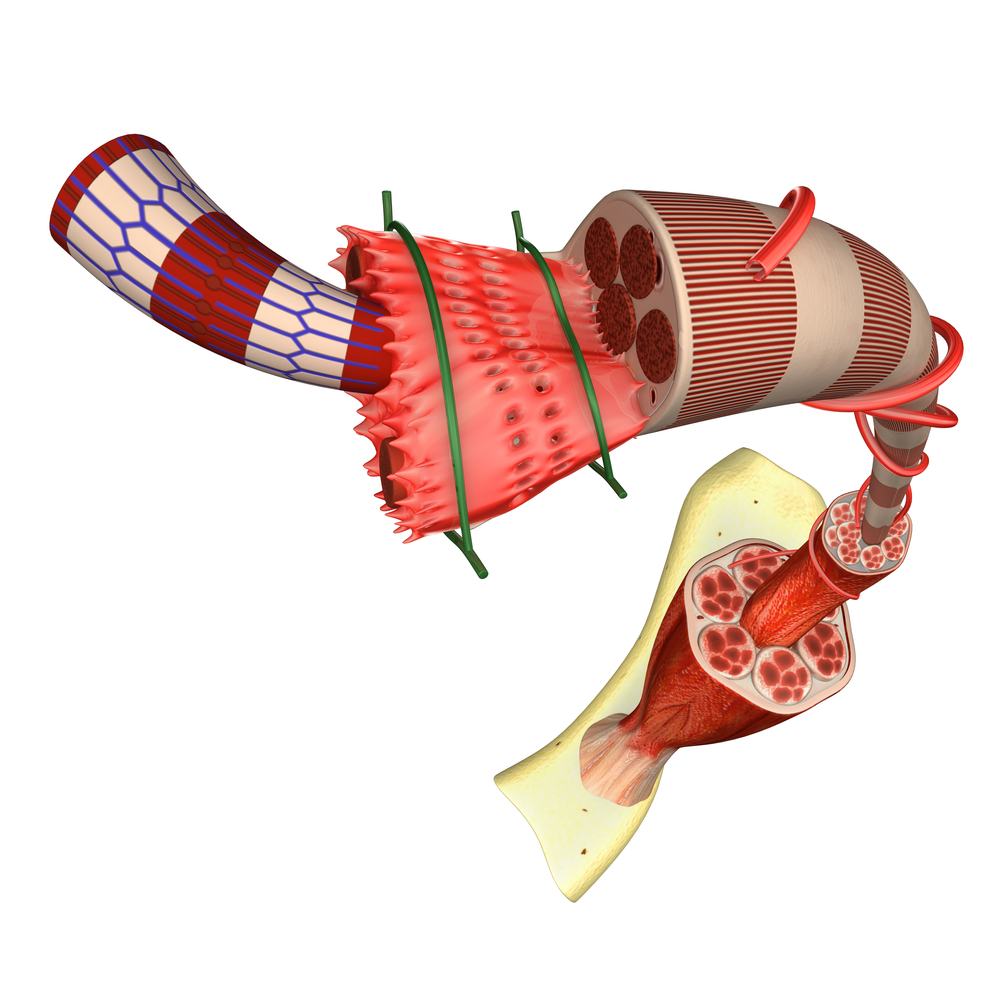Integrin Protein May Lead to Potential Target for Muscular Dystrophy Therapies, Researchers Say

A protein known as integrin may play a key role in muscle tissue growth after injury or disease, a finding that could potentially lead to therapeutic targets for muscular dystrophy (MD).
The study conducted by Johns Hopkins researchers, “Targeting β1-integrin signaling enhances regeneration in aged and dystrophic muscle in mice,” was published in the latest online edition of Nature Medicine.
Integrin is a type of protein that acts as a bridge connecting cells to their neighboring cell to form a matrix. These cellular matrix bridges are what forms the body’s tissue structure.
From the many different types of integrin proteins, researchers focused on the role that β1-integrin — involved in the cell’s ability to detect its neighbor and other environmental stimuli — played in the maintenance of the normal functioning (homeostasis) of stem cells (cells that have yet to differentiate into a certain cell type, such as muscle cells), as well as its role in cellular regeneration.
To conduct the study, researchers used both cellular models as well as animals models of mice with MD. When looking at the cellular models the researchers found that β1-integrin interacts with a cellular growth factor called fibroblast growth factor (FGF), and this interaction leads to increased stem cell growth and recovery after tissue injury.
The team tested β1-integrin’s role in mice models of muscular dystrophy to confirm this interaction is still significant in the tissue repair process of a live animal. The results confirmed what the team had previously observed, that when β1-integrin function-boosting strategy was initiated, diseased muscle tissue was able to increase in strength by approximately 35 percent, as well as help promote the transformation of stem cells into muscle after tissue degradation.
“We provide here a proof-of-principle study that may be broadly applicable to muscle diseases that involve SC niche [environment] dysfunction. But further refinement is needed for this method to become a viable treatment,” study author Dr. Chen-Ming Fan, PhD, said in a news release.
In upcoming experiments researchers will build upon these results but look specifically at the interaction of stem cells with their immediate environment and the effect it has on internal cellular components. This may offer additional insight into the applicability of integrin as a therapy for muscular dystrophy.






